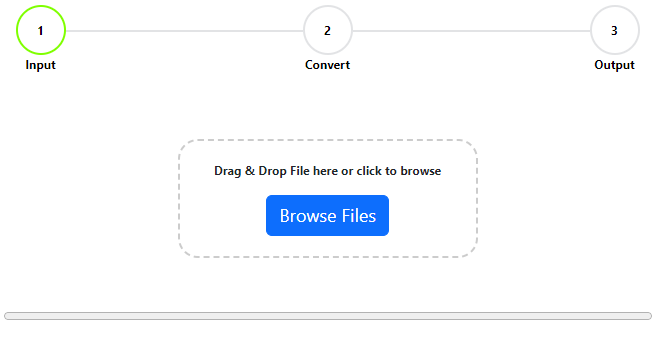Episode #43 –Drones are changing the frequency, resolution, and scale of geospatial data collection. SkyCatch is applying drone-based data collection to the mining industry which might just be the first step on the journey to an autonomous workplace.
This episode is sponsored by HiveMapper
A platform that takes video and creates 3D mapping layers based on that data. The video can be from a variety of different sensors, does not need to be vertically looking down on the geography and each 3D output is georeferenced!
You are more than welcome to reach out to me on social media, I would love to hear from you!





